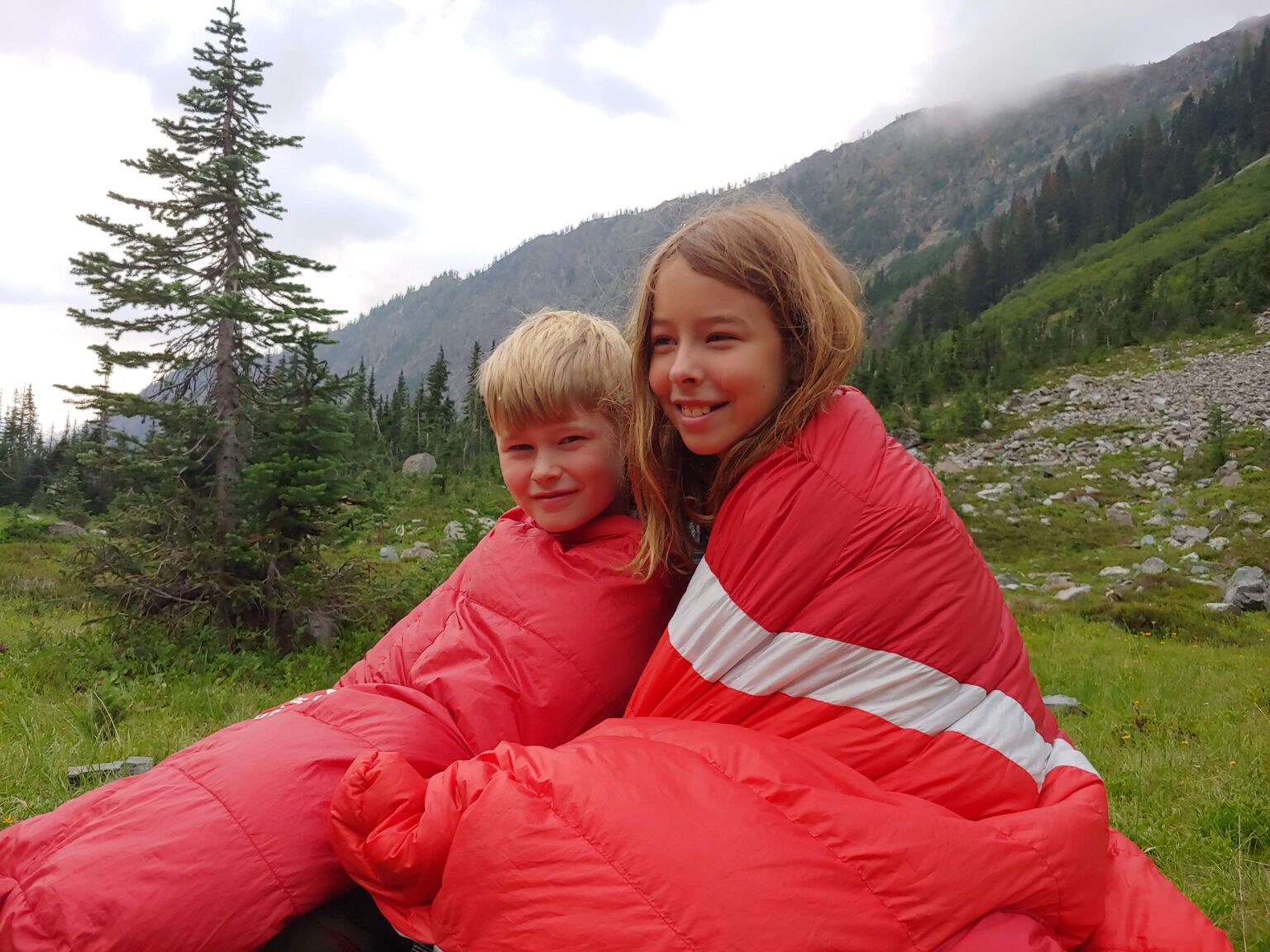I was slated to meet with a group of stakeholders for the American Mountain Guides Association in New Paltz, New York, a small outdoorsy tourist town upstate, but I wanted to experience the city before going up North.
I had never been to New York and had an exceptional time on my whirlwind tour. But something happened there, while I was in Times Square, that stuck with me.
It was incredibly busy. There were people from all over the world bustling about. But among them, a small story played out.
A large dragonfly appeared between me and a family that was also presumably visiting, a paradoxical piece of nature in such an urban setting. A member of the family — a preteen girl — noted the insect and asked her mother a question: “Is that a mosquito?”
The girl’s mother looked at the dragonfly with wide, nervous eyes as it buzzed about. “I don’t know what that is … but it’s definitely not a mosquito.”
The intent of this story is not to make fun of the family or to mock their lack of natural literacy, but instead to note it. As we don’t know this family, it’s not fair to make generalizations about them, specifically. But we do know there is a problem with kids, natural literacy and the outdoors. This story appears to be an illustration of that.

In 2015, Richard Louv introduced the world to the phrase “nature-deficit disorder.” In his groundbreaking book, “Last Child in the Woods: Saving our Children from Nature-Deficit Disorder,” Louv argues that children and youth are becoming more and more separated from the natural world, and this separation is having a profound impact on the physical and mental health of young people.
Nature-deficit disorder is the result of several things, combined. First and foremost, it is the result of screen time. Indeed, in 2022, the average child spent 246 minutes a day on a screen outside of an educational environment, but screen time doesn’t tell the whole story.
This disorder is also the result of increased fears that a child may become hurt outside — a part of this fear has been inspired by overblown stories about outdoor hazards, including abduction, and a part of it is the reality of the outdoor environments in some communities.
There is more hazardous wildfire smoke and pollution in some areas. There is more traffic in other areas. Many parks and outdoor public spaces have become overrun by the unhoused, which in some cases has led to hazardous waste and potentially hazardous people in these settings.

Poor urban planning has also played a role. There is less open space in many cities today, especially those that have grown incredibly fast over the last few decades and are dominated by cookie-cutter housing developments.
Finally, the outdoors and the natural world have been diminished in public education. The rigors of the modern school have led to a decrease in recess. This is primarily due to the desire to have kids perform at a higher level to meet state and federal demands, which, many believe, requires more time in the classroom.
These changes are compounded by the fact that student performance is directly connected to school funding in some communities.
Researchers have determined that outdoor time and green space reduce anxiety, stress and depression. Children and youth that engage in unsupervised outdoor play are more creative, develop a better understanding of risk, have higher levels of self-esteem and are less likely to develop Type 2 diabetes.
In addition to these benefits, those who spend significant time outdoors are more likely to care about climate and public lands issues and to become stewards of outdoor spaces. These things are particularly important in a warming world awash with plastic.

So how can we manage the epidemic of nature-deficit disorder? There are two answers. At the micro-level, every family should do what it can to minimize screen time and provide outdoor experiences. These experiences don’t have to be in national parks or forests. It’s great if a family can do this, but it’s also fine if children get access to local parks and urban greenways.
Change is needed at the macro level, too. City and state planners must ensure there are parks and open spaces for children, and that those spaces are safe and reasonably accessible to all. Compassionate plans must be designed to remove the unhoused from parks and greenways, or at least to decrease the impact of their waste on these locales. And both schools and organizations that serve children need to prioritize unstructured outdoor play.
Perhaps it doesn’t matter whether or not a girl can identify a dragonfly. Instead, what really matters is that she has a chance to go outside, play in the dirt and discover herself and the natural world around her.
Jason Martin’s outdoors column appears monthly. Email: jason@alpineinstitute.com. Twitter: @OutdoorPolitics.




